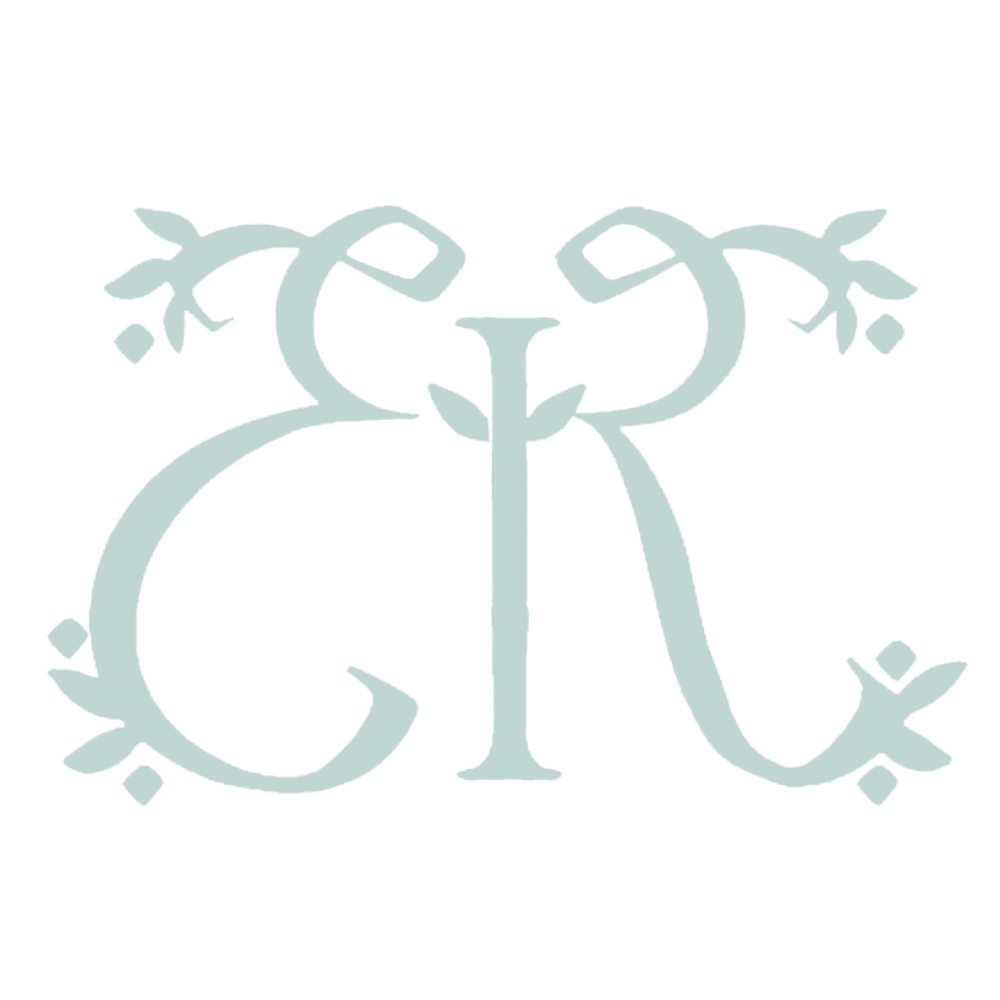Sparkling Wine
Let's talk about bubbles, baby. Since I have been studying to become a certified sommelier, the one thing I have realized that drives people in the wine biz crazy, is when consumers call any and all wine with bubbles in it, Champagne. If you're one of these people, no need to worry! I did this too, and I am here to educate you on a few delicious sparkling wines and why only true champagne can be called champagne.
(Image source: Wine Folly)
Real champagne is from a wine region in France called Champagne. It has a delicious light, nutty andfruity taste, and usually carries a pretty hefty price tag, starting at around $40 for an inexpensive bottle. There are tons of other delicious sparkling wines that you can find for an affordable price that carry similar taste profiles to champagne.
My personal favorite sparkling wine is crémant. Think of it as "champagne taste with a beer pocket book." Like champagne, it is made in the traditional method of making sparkling wine, which is where the second fermentation happens in the bottle, and the aging of the lees (sediment and yeast) happens in the bottle. There are several variations of this wine, based on the region it is produced in France, but they are all winners as far as I'm concerned.
Now, without getting too nerdy on the subject, I wanted to cover other sparkling wines that are pretty popular here in the US that you can find at your local wine shop.
Prosecco
This Italian-made sparkling wine carries a slightly sweeter flavor than a traditional champagne, and carries a very attractive price tag, making it one of the more economical choices for your holiday celebration. This dry, delicately fruity wine are found with spumante (lots of bubbles) and frizzante (lightly-bubbled) on the label. Prosecco, unlike champagne, cava, and crémant, spends it's second fermentation in a steel tank, which takes less time to make and is cheaper for the producer whose savings gets passed on to you, the consumer. Some great proseccos that are easily found in stores are La Marca and Ruffoni.
Cava
The sparkling wine from Spain is called cava. Similar to champagne, this wine is classified into six different types ranging from extra brut (the least sweet, 0-6 grams of sugar per liter) to dulce (the sweetest with more than 50 grams of sugar per liter). As a note to the consumer, the more expensive the cava, the drier it is, and the less expensive the cava, the sweeter it is. One cava you probably see at the store quite frequently is Freixenet. Their highest quality bottle is the black bottle with the silveraccents, called Gran Cordon Negro.
American Sparkling Wine
California has been producing some delicious, ever-improving sparkling wine over the years. Creating a Champagne-like sparkling wine in the USA has been a challenge due to climate. Wine makers have been looking to cooler climate regions, like Carneros and Oregon, to grow their grapes. American sparkling wines tend to be a bit fruitier and heavier on the palate than a true champagne, but nonetheless are more affordable, considering you can pick up a pretty decent bottle for right around $19. (Some of the most popular regional wines include Scharffenberger Brut, Argyle Brut & Mumm.)
Some fun facts about sparkling wine:
-
Sparkling wine corks can go as fast as 40 mph when popped! Cover your eyes!
-
The ideal temperature for serving sparkling wine is 46-50 degrees.
-
The pressure inside a bottle of sparkling wine is about 90 psi (pounds per square inch) – which is about 3x the pressure in a car tire





